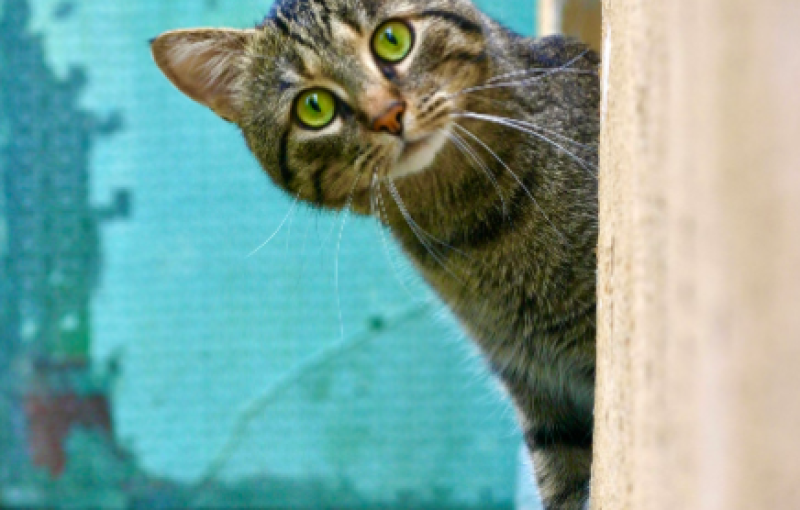
Your Cat’s Midnight Zoomies Might Be a Bigger Problem Than You Think—Here’s What Science Says
by Jon Scaccia February 6, 2025If you’ve ever been startled awake by your cat launching off the furniture at 3 a.m., you’re not alone. But while we usually laugh off their nocturnal acrobatics, science is raising some serious questions about what happens when cats are allowed to roam free—especially outdoors. From impacting local wildlife to unexpected health risks, here’s what you need to know about the surprising science of free-roaming cats and how you can keep both your pet and the environment safer.
Cats Are the Ultimate Stealth Predators (Even When They Have a Full Food Bowl)
Ever noticed how your well-fed housecat still insists on hunting everything from socks to imaginary bugs? It’s not just for fun—cats are wired to hunt. Research shows that even pet cats with unlimited access to food still kill wildlife. And in places like Australia and Brazil, free-roaming cats have been linked to species declines, particularly among birds, reptiles, and small mammals.
What You Can Do: If you want to let your cat enjoy the thrill of the hunt without harming wildlife, try interactive toys like feather wands or puzzle feeders that mimic natural hunting behaviors.

Your Cat Might Be a Walking Disease Vector
Okay, we love our feline friends, but here’s a reality check: outdoor cats can spread diseases that affect both humans and wildlife. Studies have found that free-roaming cats are major carriers of parasites like Toxoplasma gondii, which can infect everything from birds to people. In Brazil, researchers have linked the presence of stray cats to outbreaks of zoonotic diseases in local communities.
What You Can Do: Keep your cat up-to-date on vaccinations and flea treatments, and consider transitioning them to an indoor lifestyle to reduce the risk of disease transmission.
Island Cats = Extra Trouble for the Environment
If you think your cat’s biggest offense is knocking over a houseplant, think again. On islands, where native species haven’t evolved defenses against predators, cats can cause massive ecological damage. In places like Fernando de Noronha, Brazil, cats have been recorded hunting rare seabirds, lizards, and even sea turtle hatchlings.
What You Can Do: If you live in an area with fragile ecosystems, consider keeping your cat indoors or setting up a secure “catio” (a cat-friendly outdoor enclosure) to let them enjoy nature without harming wildlife.
Trap-Neuter-Return (TNR): The Controversial Cat Control Method
One approach to managing free-roaming cats is trap-neuter-return (TNR), where stray cats are captured, spayed or neutered, vaccinated, and then released back into their territory. Some studies suggest this method helps stabilize stray cat populations over time, while others argue it doesn’t do enough to protect wildlife.
What You Can Do: Support local spay/neuter programs and, if you feed outdoor cats, ensure they’re sterilized to prevent unchecked population growth.
Outdoor Cats Face More Risks Than You Think
We often picture outdoor life as an adventure for our feline friends, but the reality is far from purr-fect. Research from Brazil and beyond shows that free-roaming cats are at higher risk for car accidents, poisoning, fights with other animals, and infectious diseases like feline leukemia.
What You Can Do: Keep your cat indoors or create a safe outdoor space for supervised play. If you absolutely must let them roam, a brightly colored collar can help warn birds and small animals of their approach.
The Bottom Line: Can We Have Happy Cats and Healthy Ecosystems?
The good news? You don’t have to choose between keeping your cat happy and protecting wildlife. With the right strategies—like interactive play, responsible pet ownership, and cat-friendly enclosures—you can give your feline friend the enrichment they crave while keeping them (and local wildlife) safe.
So, what’s your take on free-roaming cats? Have you found creative ways to keep your cat entertained indoors? Share your thoughts in the comments below!
Leave a Reply